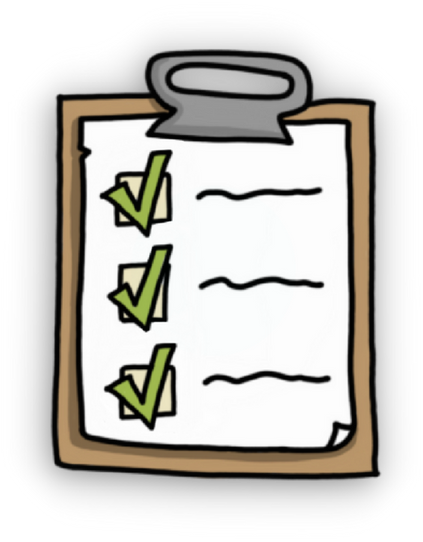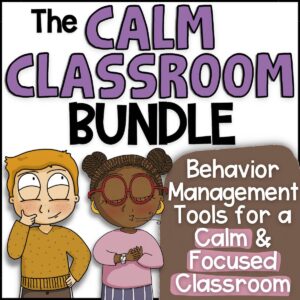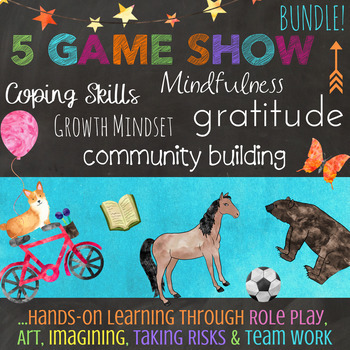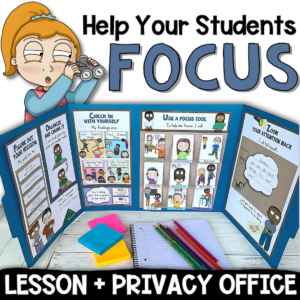classroom Management tools

Effective classroom management strategies foster positive behaviors, a sense of predictability & security and a calm & focused classroom, making it easier for students to get ready to learn and get along with others.
If you need classroom management ideas and trauma sensitive behavior interventions, read on!













